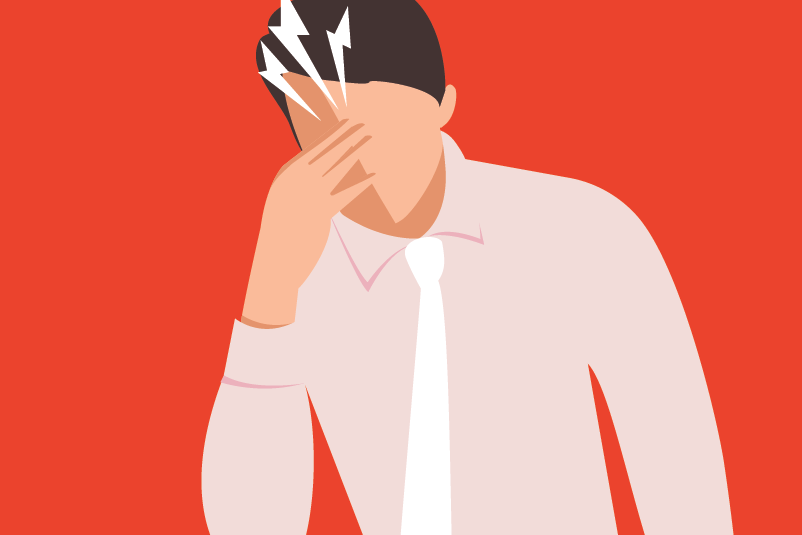#235 Toxins for Health? Botulinum toxin for migraine

Reading Tools for Practice Article can earn you MainPro+ Credits
Join NowAlready a CFPCLearn Member? Log in
- Versus placebo:
- Number of headache days per month:
- Chronic migraine (based on 2 largest RCTs):2,3 from 19 days at baseline to 11 versus 13 (placebo), mean difference 1.9.
- Headache severity lower with treatment by ~3 points on 10-point scale.
- Other outcomes (migraine duration, migraine attacks per month, proportion with ≥50% reduction in migraine attacks or days): no difference.
- Subgroup analysis of episodic migraines: no difference in migraine frequency or number of attacks.
- Adverse events:
- Blepharoptosis: 7.5% versus 0.5% placebo, number needed to harm (NNH)=14.
- Muscle weakness: 13.4% versus 0.6% placebo, NNH=7.
- Neck or injection site pain: NNH=11 or 40, respectively.
- Stopping for adverse effects (4 RCTs): 3% versus 0.8%, NNH=45.
- Number of headache days per month:
- Number of headache days per month: no difference.
- Withdrawal due to adverse effects: 6.7% versus 27.1% topiramate/valproate, NNT=5.
- Chronic migraine defined as ≥15 headache days/month (with at least 8 migraine days).1
- Botulinum toxin does not reduce number of chronic tension-type headaches.5
- Adverse effects generally transient but can last a few months.6
- Botox™ RCT dose 155-195 total units, delivered as 5-unit (0.1 ml) injections at 31-39 sites.2,3
- Cost ~$800 every 3 months.
- Guidelines suggest use7 in chronic migraine after failure of 2-3 prophylactic agents.8















Cost is very expensive, (but most drug plans will cover) but my population of patients with chronic migraine finds Botox to be a game changer. It’s interesting to note that placebo decreases episodes from ,,”chronic” to non chronic levels ie 19 to 13. I did try NS once as a placebo to one patient who could not afford Botox but unfortunately got no response.